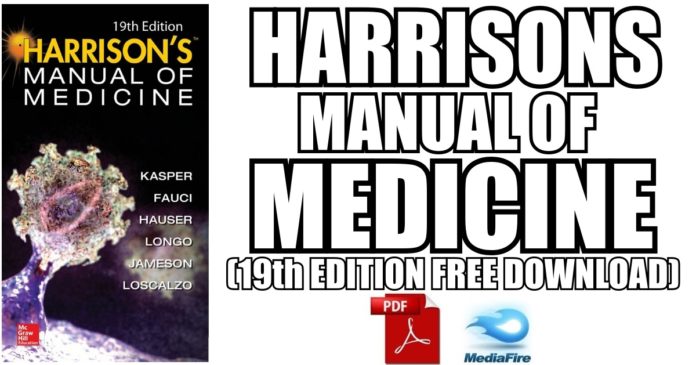The fourth edition of The ICU Book marks its 23rd year as a fundamental sourcebook for the care of critically ill patients. This edition continues the original intent to provide a “generic textbook” that presents fundamental concepts and patient care practices that can be used in any adult intensive care unit, regardless of the specialty focus of the unit.
When evaluating a patient with joint symptoms, it is important to determine whether the symptoms are due to an articular process and not to bursitis, tendinitis, or other soft tissue conditions. The physical examination should also establish whether there are objective findings of arthritis, such as swelling, in the symptomatic joints. Arthralgias in the absence of objective arthritis commonly occur in systemic lupus erythematosus (SLE) and acute viral illnesses but have less diagnostic significance than true arthritis.
Laboratory tests cannot substitute for clinical evaluation and should never be used as a “screen” for disease. Musculoskeletal complaints are common in the general population, but the prevalence of inflammatory rheumatic diseases is relatively low. Hence, the positive predictive value of many rheumatologic tests is low when tests these are ordered indiscriminately.
In general, radiographs add little to the evaluation of acute presentations of arthritis (except in cases of suspected trauma) but often are critical for the assessment of chronic arthritis. The distinction between inflammatory arthritis and noninflammatory arthritis is a critical bifurcation point in the differential diagnosis of arthritis. The most reliable means for making this distinction is analysis of the white blood cell (WBC) count in the synovial fluid. The synovial fluid WBC count is 2000/mcL in inflammatory arthritis and is. Patients with an inflammatory arthritis usually complain of pain and stiffness in involved joints; typically these symptoms are worse in the morning or after periods of inactivity (the so-called “gel phenomenon”) and improve with mild to moderate activity.
Harrison Rheumatology 4th Year Pdf Download
On examination, the larger joints can be warm and, when severely inflamed as in acute gout or septic arthritis, can have erythema of the overlying skin. Laboratory investigations often reveal an elevated erythrocyte sedimentation rate (ESR) and a high C-reactive protein (CRP) level. In contrast, patients with noninflammatory arthritis have pain that worsens with activity and improves with.

Harrison Rheumatology 4th Year Pdf List
Harrison’s Rheumatology, 4th Edition 2017Pages: 3684th editionNov.2016PDF82 MBFeaturing a superb compilation of chapters related to rheumatology derived from Harrison’s Principles of Internal Medicine, Nineteenth Edition (including content from the acclaimed Harrison’s DVD, now available here in print), this concise, full-color clinical companion delivers the latest knowledge in the field backed by the scientific rigor and authority that have defined Harrison’s.